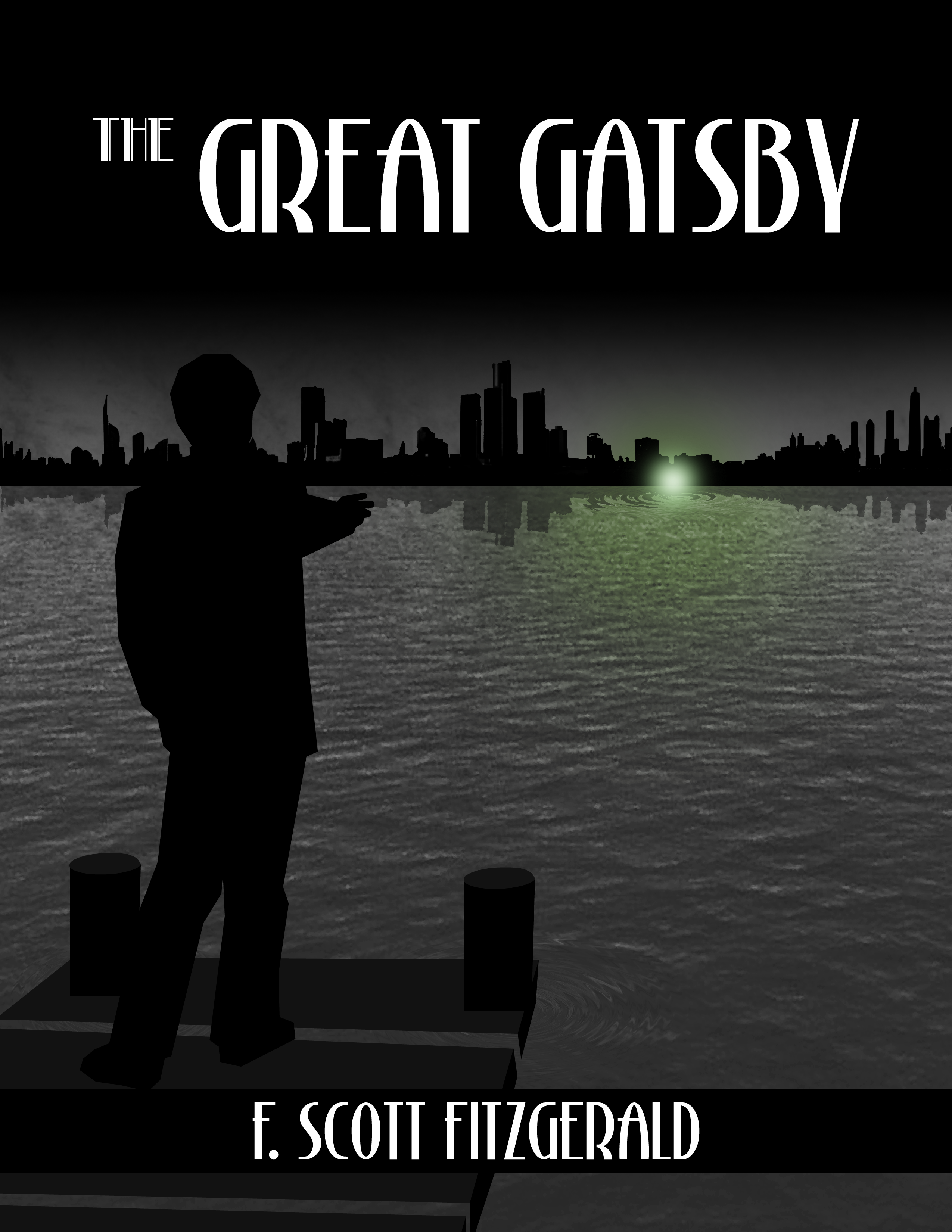Today Michael Noll, who is teaching Read Well, Write Better with us at The Writing Barn on June 1st, shares with us a writing exercise based around examining a scene from Fitzgerald’s The Great Gatsby. To register for Michael’s class, go here.
Using Setting to Establish Character
 A Facebook friend recently wrote that she was rereading The Great Gatsby simply to enjoy the way F. Scott Fitzgerald crafted his sentences. It’s a pleasure I know well. I’m not alone. When I was a graduate student in Tim O’Brien’s workshop, he copied a page from The Great Gatsby and talked about why one particular passage was among the greatest ever written. Here it is:
A Facebook friend recently wrote that she was rereading The Great Gatsby simply to enjoy the way F. Scott Fitzgerald crafted his sentences. It’s a pleasure I know well. I’m not alone. When I was a graduate student in Tim O’Brien’s workshop, he copied a page from The Great Gatsby and talked about why one particular passage was among the greatest ever written. Here it is:
We walked through a high hallway into a bright rosy-colored space, fragilely bound into the house by French windows at either end. The windows were ajar and gleaming white against the fresh grass outside that seemed to grow a little way into the house. A breeze blew through the room, blew curtains in at one end and out the other like pale flags, twisting them up toward the frosted wedding cake of the ceiling—and then rippled over the wine-colored rug, making a shadow on it as wind does on the sea.
The only completely stationary object in the room was an enormous couch on which two young women were buoyed up as though upon an anchored balloon. They were both in white and their dresses were rippling and fluttering as if they had just been blown back in after a short flight around the house. I must have stood for a few moments listening to the whip and snap of the curtains and the groan of a picture on the wall. Then there was a boom as Tom Buchanan shut the rear windows and the caught wind died out of the room and the curtains and the rugs and the two young women ballooned slowly to the floor.
Notice how easily Fitzgerald makes this description look. If you’ve ever tried to describe the inside of a house, then you know how easy it is to become overwhelmed with detail. What do you show the reader? What do you leave out? Fitzgerald solves this problem by focusing on a single detail: the breeze. As a result, the description is guided by a single question: if the wind blows through the window, what moves?
So how can we learn from this scene? I once heard another writer from that class with Tim O’Brien say that after reading this passage, every description she wrote had items blowing about.
 To avoid that problem, let’s think about character rather than setting. One of the oldest storytelling strategies, typified by many Greek myths, is to define characters by a force of nature, emotion, or virtue/vice. This is, in essence, what Fitzgerald did in the passage from The Great Gatsby. The women are light as air, and Tom is a thunderclap followed by stillness. As a result, Fitzgerald isn’t using the breeze merely to spice up a lengthy description. The point of both the breeze and the description is to establish character. When passages of description fall flat, it’s not because everything is still—we don’t need to be like my classmate who made every passage breezy. Rather, description fails when the only thing it does is describe.
To avoid that problem, let’s think about character rather than setting. One of the oldest storytelling strategies, typified by many Greek myths, is to define characters by a force of nature, emotion, or virtue/vice. This is, in essence, what Fitzgerald did in the passage from The Great Gatsby. The women are light as air, and Tom is a thunderclap followed by stillness. As a result, Fitzgerald isn’t using the breeze merely to spice up a lengthy description. The point of both the breeze and the description is to establish character. When passages of description fall flat, it’s not because everything is still—we don’t need to be like my classmate who made every passage breezy. Rather, description fails when the only thing it does is describe.
Here’s an exercise, a la Fitzgerald, to help establish character with description:
1. Create two characters (or choose two that you’re already working with). Describe each in a few words, focusing on how the characters resemble—or are defined by—a force of nature, an emotion, or a virtue/vice. Ideally, the characters will be identified by opposing forces, emotions, or virtue/vices.
2. Create a room or place. List the objects that can be found there. The list doesn’t need to be exhaustive. You’re simply giving yourself material to work with.
3. Write a passage in which one character is already in the place/room. The second character will enter. Describe how the room/place is when only the first person is present. Then, show how the room/place changes once the second person arrives.
Note: Don’t be subtle. If the first person is represented by sloth, focus on the aspects of the room that are slothful (the indentations in the couch cushions, the dust and silverfish on the stacks of old magazines, etc.). If the second person is represented by optimism, focus on the way the light enters through the open door or the smells that follow in that person’s wake.
This may sound like hackwork, but once you’re aware of this strategy, you’ll see it everywhere, especially movies, where lighting, music, and camera angles tell the viewer things that the characters never say. When done well, no description will fall flat again. And your characters will come to life.
For more excercises like this one, check out Michael Noll’s blog, readtowritestories.com, and his upcoming craft workshop at The Writing Barn: The Read Well, Write Better Workshop.
Please feel free to share excerpts from your exercises below in our comments section.
 About Michael: Michael Noll has been the writer-in-residence at the Katherine Anne Porter House and an assistant editor at Narrative Magazine. An experienced teacher of fiction and nonfiction, Michael created the magazine writing correspondence course at Texas State University, and his students have published work written for the class. His website,readtowritestories.com, publishes free writing exercises based on online stories and novel excerpts.
About Michael: Michael Noll has been the writer-in-residence at the Katherine Anne Porter House and an assistant editor at Narrative Magazine. An experienced teacher of fiction and nonfiction, Michael created the magazine writing correspondence course at Texas State University, and his students have published work written for the class. His website,readtowritestories.com, publishes free writing exercises based on online stories and novel excerpts.
Michael’s own work has been published in American Short Fiction and The Owls, and he’s appeared as a storyteller at The Story Department, sponsored by The Austin Bat Cave. He’s currently at work on a novel.

Comments are closed.